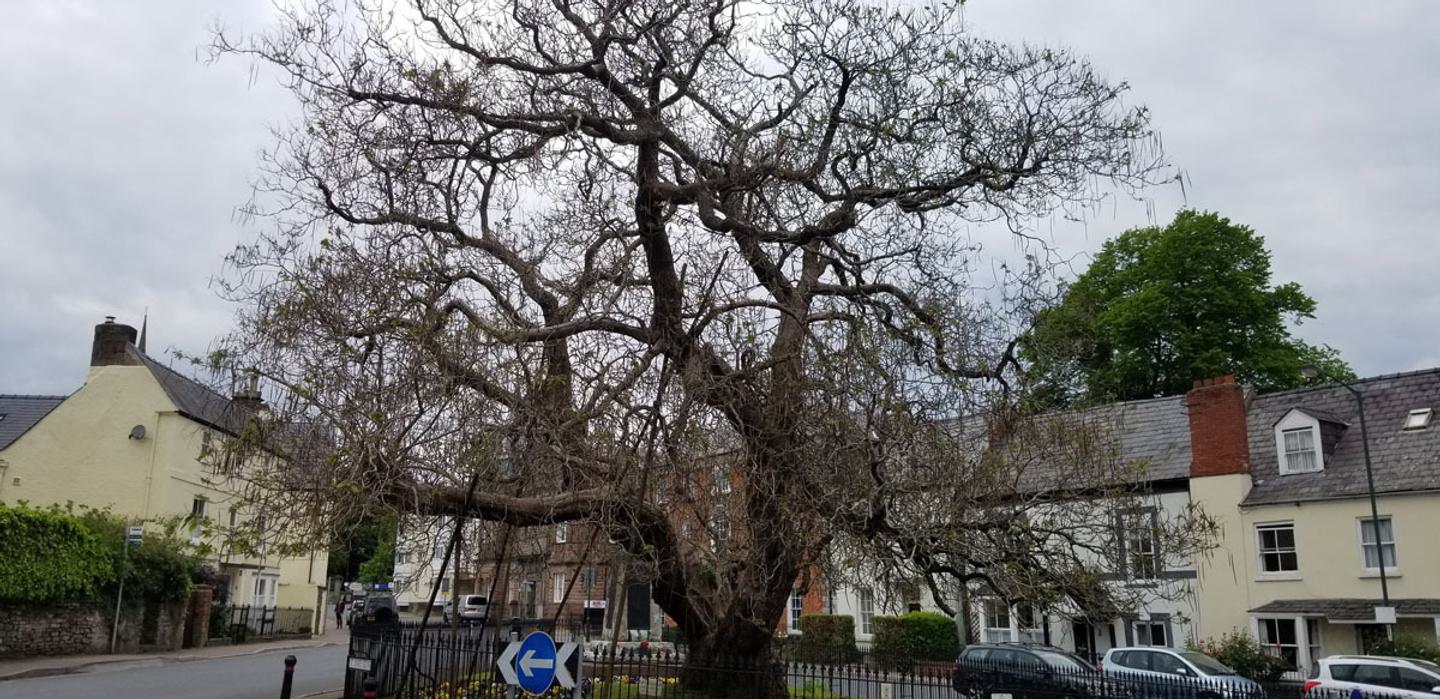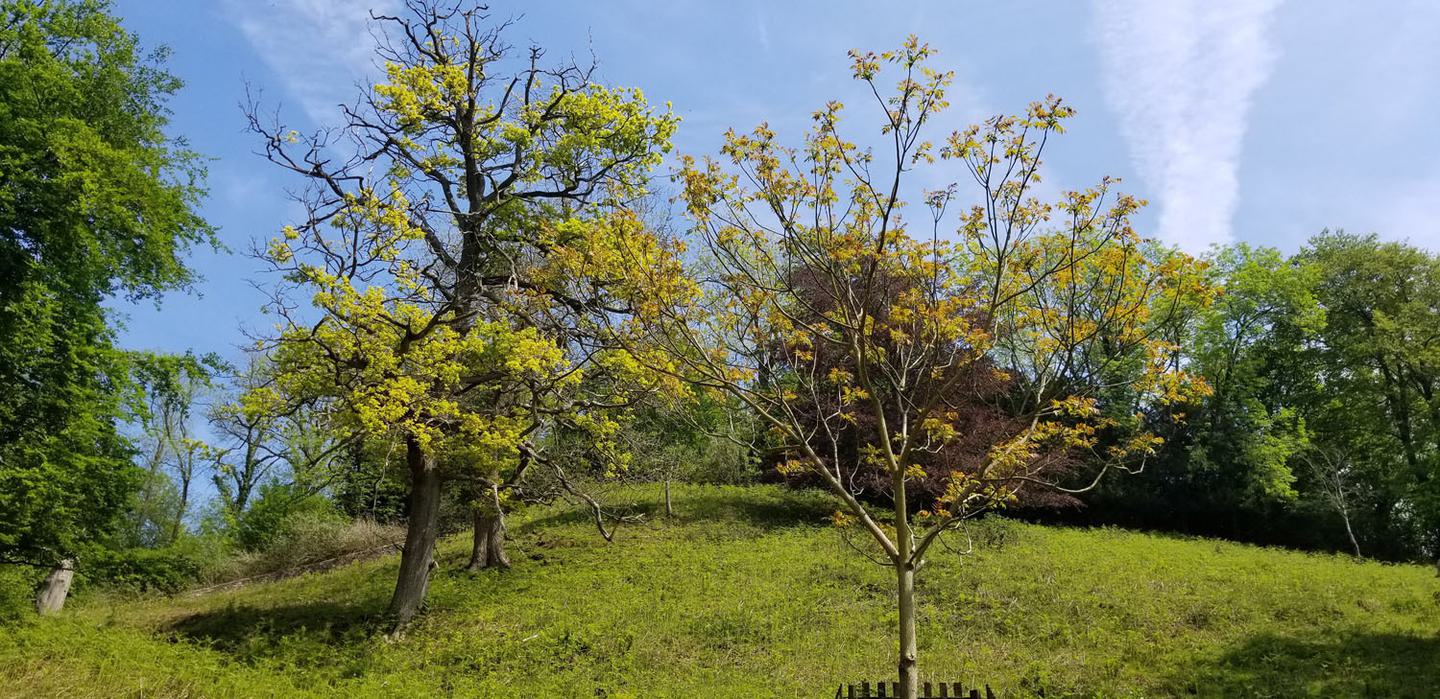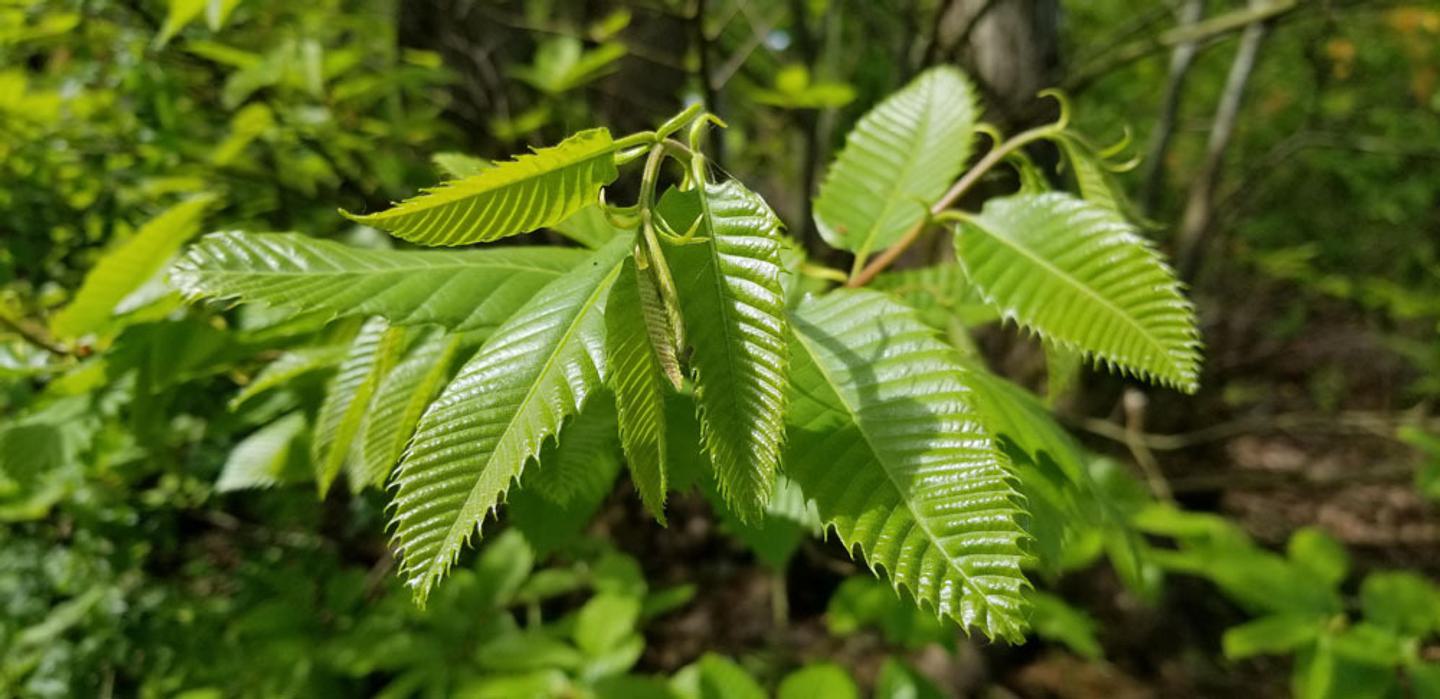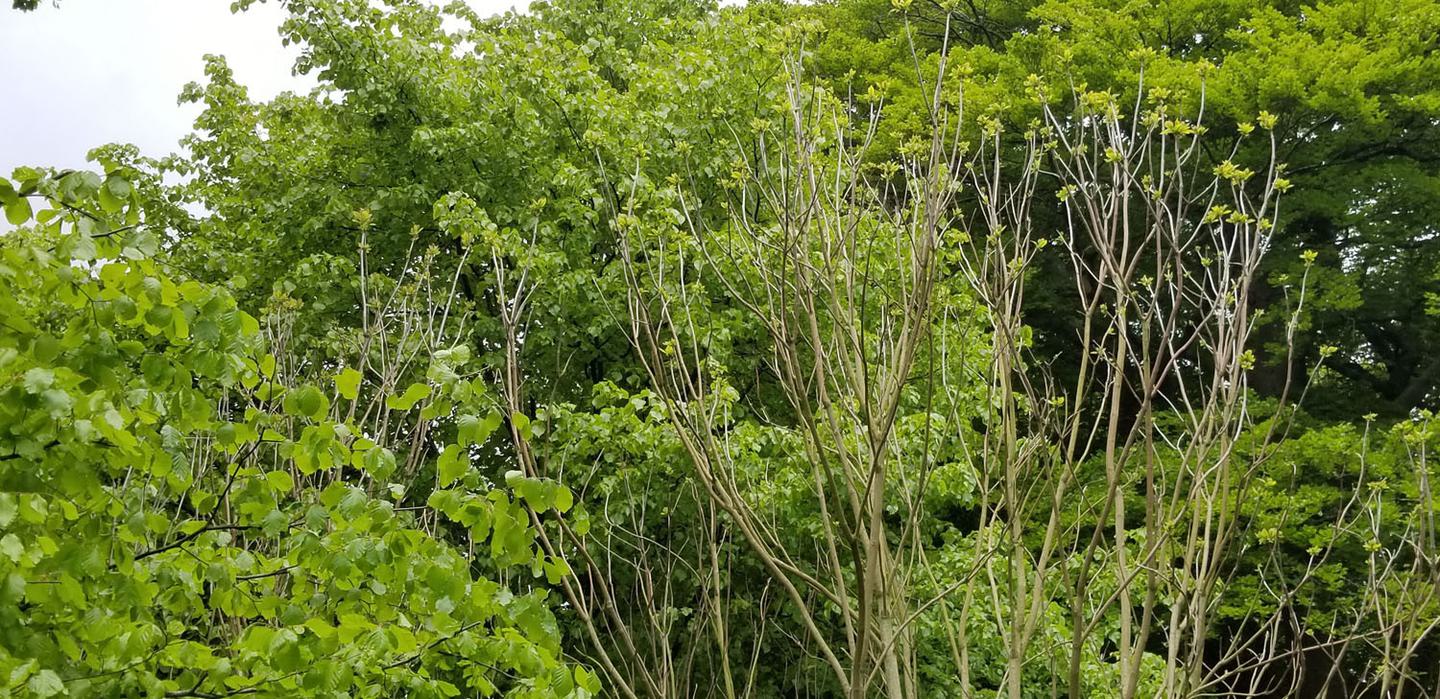Guides
Why hasn’t my tree come into leaf yet?
We are sometimes asked this question by concerned people eagerly waiting for their trees to respond to signs of spring. Come May and June, the enquirers become increasingly nervous - could my tree be dead? Certainly, if no foliage has turned up by mid-summer, it could be that something is seriously wrong, however the time that leaves come out on trees in spring is not only variable depending on weather conditions, but also differs between species.

While Norway maples may be looking pretty green all over by mid-April, and hazel often turns from a mass of catkins to a fulsome coat of fresh leaves before March is out, many trees don't dare to burst their leaf buds till May. Others follow their own version of the maxim 'Don't cast a clout till May is out', not daring to reveal their tender greenery till June.
For some trees, it's a case of not being able to withstand those late spring frosts. By keeping their leaves within protective buds, formed the previous year, they avoid putting energy into foliage only for it to be ravaged by cold winds and ice. For others, it's almost just not worth their while starting to photosynthesise before the days have reached a certain length. The area that the tree seed came from can also have a bearing on how early or late the leaves appear (in cold areas, species adapt to come into leaf later and vice versa).

Latecomers and early birds
In particular, whitebeams (Sorbus aria) and oaks (Quercus) can be tardy to show their foliage, while more tropical types such as the Indian bean tree (Catalpa), and honey locust (Gleditsia) really wait till temperatures have well and truly risen before getting their kit out. Beech (Fagus) is notoriously late into leaf, its fine hedges looking positively wintry well into May in colder years. Others that have a lengthy hibernation include plane (Platanus), elm (Ulmus) and ash (Fraxinus).
Trees early into leaf include willows, lilacs (Syringa), birches (Betula) and apples. At the nursery, we find that the ornamental pears (Pyrus 'Chanticleer' and 'Redspire') barely lose their leaves before the new ones show up.
There is even a saying, "If the oak before the ash, then we'll only have a splash, if the ash before the oak, then we'll surely have a soak"? which purportedly predicts how wet or dry a summer is in store. According to records, oak generally comes out before ash in Britain, any time between late March and May. Things were different in the 18th century, though, due to cooler springs. This is because oaks respond to warming temperatures, while the stronger signal for ash leaves is sunshine, it is believed.

Waiting for the right time
Why are some hardy trees so late into leaf? The answer usually lies in their evolutionary history. For example, although beech is native to European countries that suffer cold winters, it's a relic of warmer times during the Tertiary Period, and needs 13 hours of daylight to unfurl those delicate pointed buds.
Although the factors affecting leafing-out aren't all that well understood, research has confirmed that the order of leafing out, by species, generally remains fixed [1]. A combination of cold winter temperatures followed by longer daylight hours are generally thought to signal trees to break their dormancy. Researchers have also reported, therefore, that although warmer springs have shifted leafing out earlier and earlier since the 1980s, this pattern is slowing down, perhaps because warmer winters are counteracting this effect [2].

Concerned?
Between March and June, if you are concerned why your tree isn't in leaf yet, firstly think about whether it is naturally early or late into leaf. If you think it should be in leaf, has the weather been particularly cold? This might be holding it back. If the answer is no, does the tree look in good shape, or do the branches look brittle? The 'scratch test' will show you if the tree is dead or alive; scrape away just a little bit of the bark, and if it's green underneath, it's okay. If you see brown, there may be a problem.
In most cases, when a tree hasn't established, we find it's related to incorrect planting or aftercare, therefore please see our guides to ensure your tree gets off to the best start. If you can't find the answer to your query on our website, please get in touch and we will do our best to help.
References
1. Z.A. Panchen, R..B. Primack, B. Nordt, E.R. Ellwood, A.-D. Stevens, S.S. Renner, C.G. Willis, R. Fahey, A. Whittemore, Y.Du, C.C. Davis. Leaf out times of temperate woody plants are related to phylogeny, deciduousness, growth habit and wood anatomy. New Phytologist, 2014; DOI: 10.1111/nph.12892
2. Y.H. Fu, H. Zhao, S. Piao, M. Peaucelle, S. Peng, G. Zhou, P. Ciais, M. Huang, A. Menzel, J. Peñuelas, Y. Song, Y. Vitasse, Z. Zeng, I.A. Janssens. Declining global warming effects on the phenology of spring leaf unfolding. Nature, 2015; 526 (7571): 104 DOI: 10.1038/nature15402